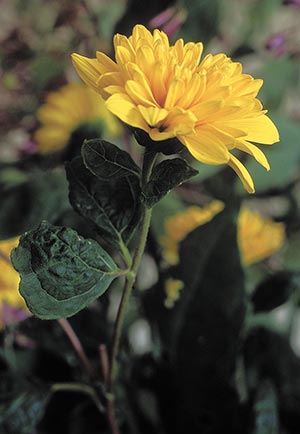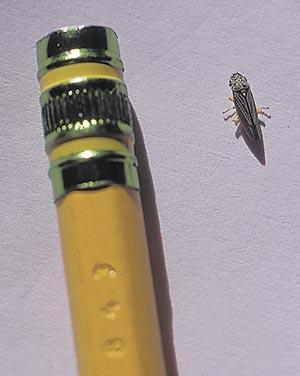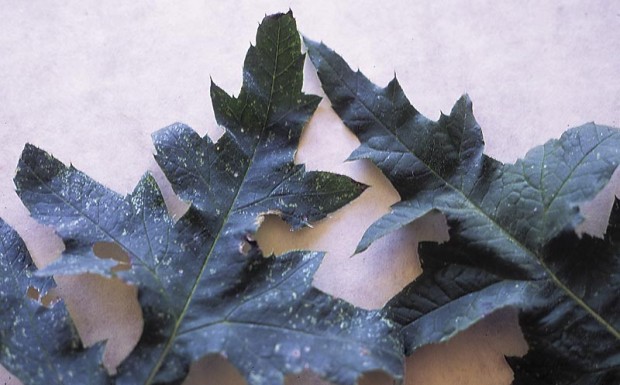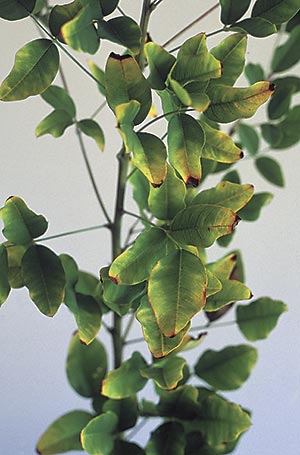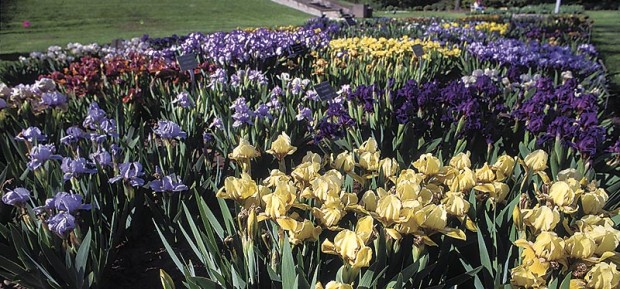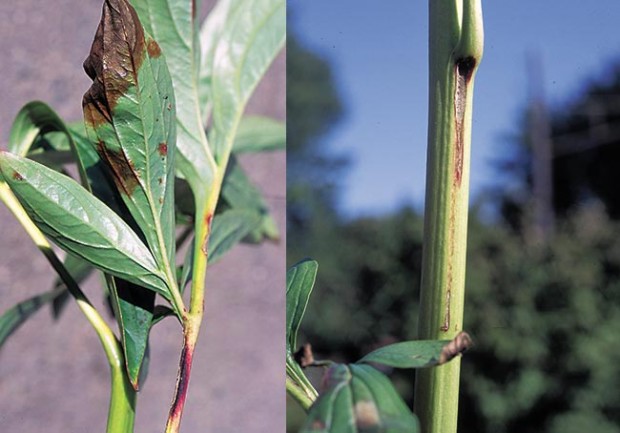The Salt at NPR.org:
It’s that time of year when some gardeners and tomato-coveting shoppers face a vexing question: What on earth am I going to do with all these tomatoes I grew (or bought)?
A select few up to their elbows in tomatoes may have an additional quandary: How am I going to prepare different kinds of tomatoes to honor their unique qualities?
Chef Jamie Simpson of the Culinary Vegetable Institute faced a particularly challenging version of this last week: 100 pounds of 60 different kinds of tomatoes to transform into a seven-course dinner. Fortunately, it’s Simpson’s job to come up with creative solutions to such problems of abundance. And as Simpson deftly reminded us, the possibility of the tomato is pretty much infinite.

